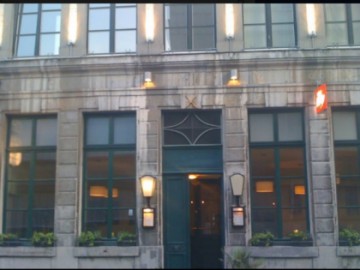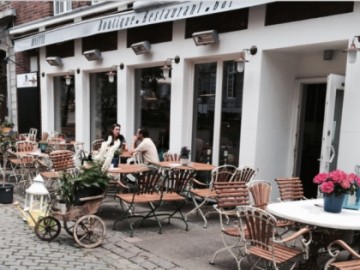Aachen Cathedral - Keeper of Precious Christian Relics
Aachen Cathedral was once the largest church in Western Europe and the shrine of the Christian world and is a shrine to this day. Charlemagne wanted to build a cathedral, equal to the largest Christian temple of that time - the Hagia Sophia in Constantinople. The construction began in Aachen in about 800. Greek architects built the church in accordance with the canons of the Byzantine architecture - with an octagonal dome.
Charlemagne did not live up to the completion of Aachen Cathedral. He died in 814 and was buried in the chapel of his palace. Two hundred years later Charlemagne was reburied in Aachen Cathedral. Now, you can see a large stone with Carolo Magno inscription’s in the centre: underneath lies the great ruler of the West.
Aachen Cathedral was the place of coronation of the emperors of the Holy Roman Empire. In total, 35 men and 14 women were crowned in its walls. Each of the emperors adorned the temple in every possible way: something was constantly changed and constructed in it. The interior of the Church shines with splendor. But it is valued in the Christian world not only with its splendor. Priceless Christian relics are kept in the sacristy of the church. These include the cloak of the Virgin Mary, swaddling clothes of Jesus, Christ's loincloth, which he wore when he was executed, and St. John the Baptist's beheading cloth. They are put on display only once in seven years. Next time they will be exhibited in 2021. In 1978, Aachen Cathedral was included in the UNESCO World Heritage List.








































